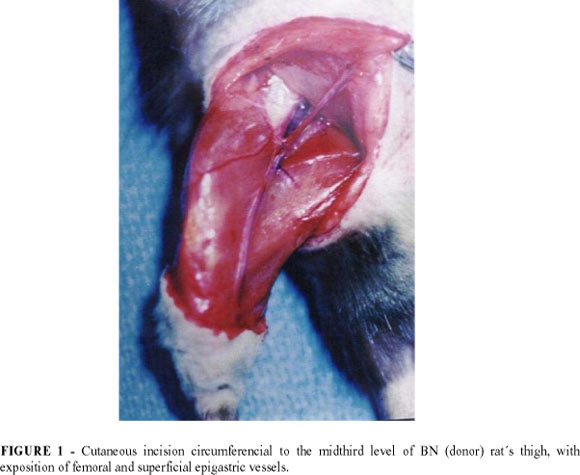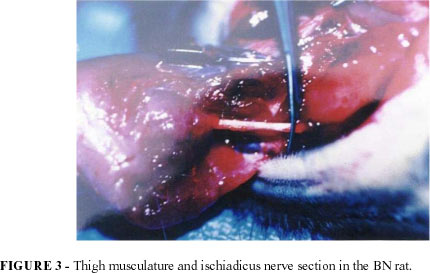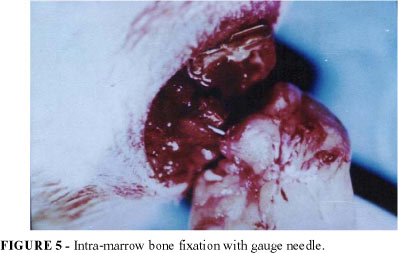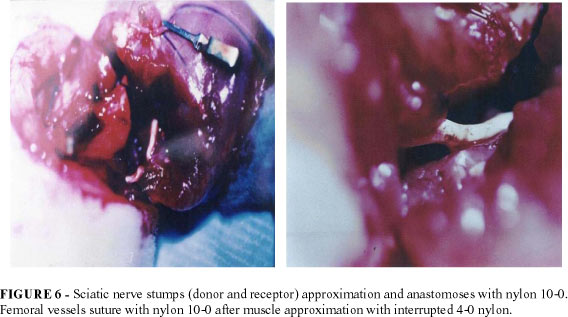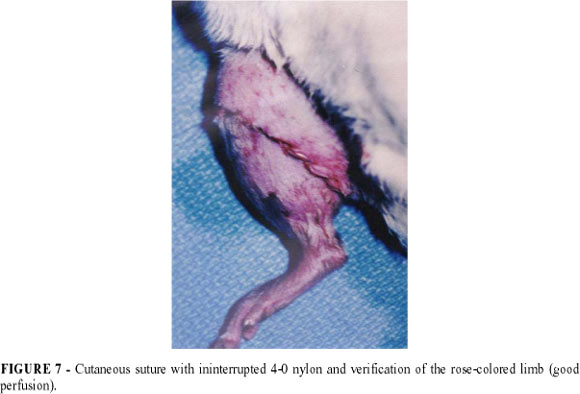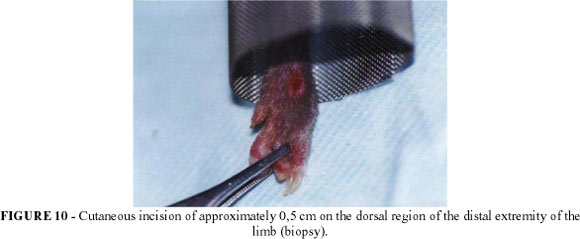In homologous transplantation or allotranplantation of limbs, the great tissue diversity causes variability in the rejection process and, consequently, its immunology is very complex. Thus, limb transplantation is the most used prototype of compound tissue transplantation among the protocols of experimental studies. Composite tissue allotransplantation represents the experimental model to study the homologous transplantation (from an individual to another) of vascularized, innervated musclecutaneous units, joints, bone or even the whole member. Groups of rats were undergone allogeneic hindlimb transplantation. The receptors were randomized and control groups were established as: Control Group A: Autograft controls (F344 rats had its limbs reimplanted) and no immunosuppressive therapy. Control Group B: Allograft controls (BN rats limbs were transplanted to F344). Composite tissue homotransplantation allows the inclusion of innervated muscle-cutaneous units, joint and bone or even the hole limb, is considerably applicable in cases of congenital absence or deformity, trauma or greater resection due to malignant tumor. For many complex deformities, these transplantations would allow a more precise reconstruction than the current reconstruction techniques.
Tissue transplantation; Limb homotransplantation; Allotransplantation; Microsurgery, method; Rejection

